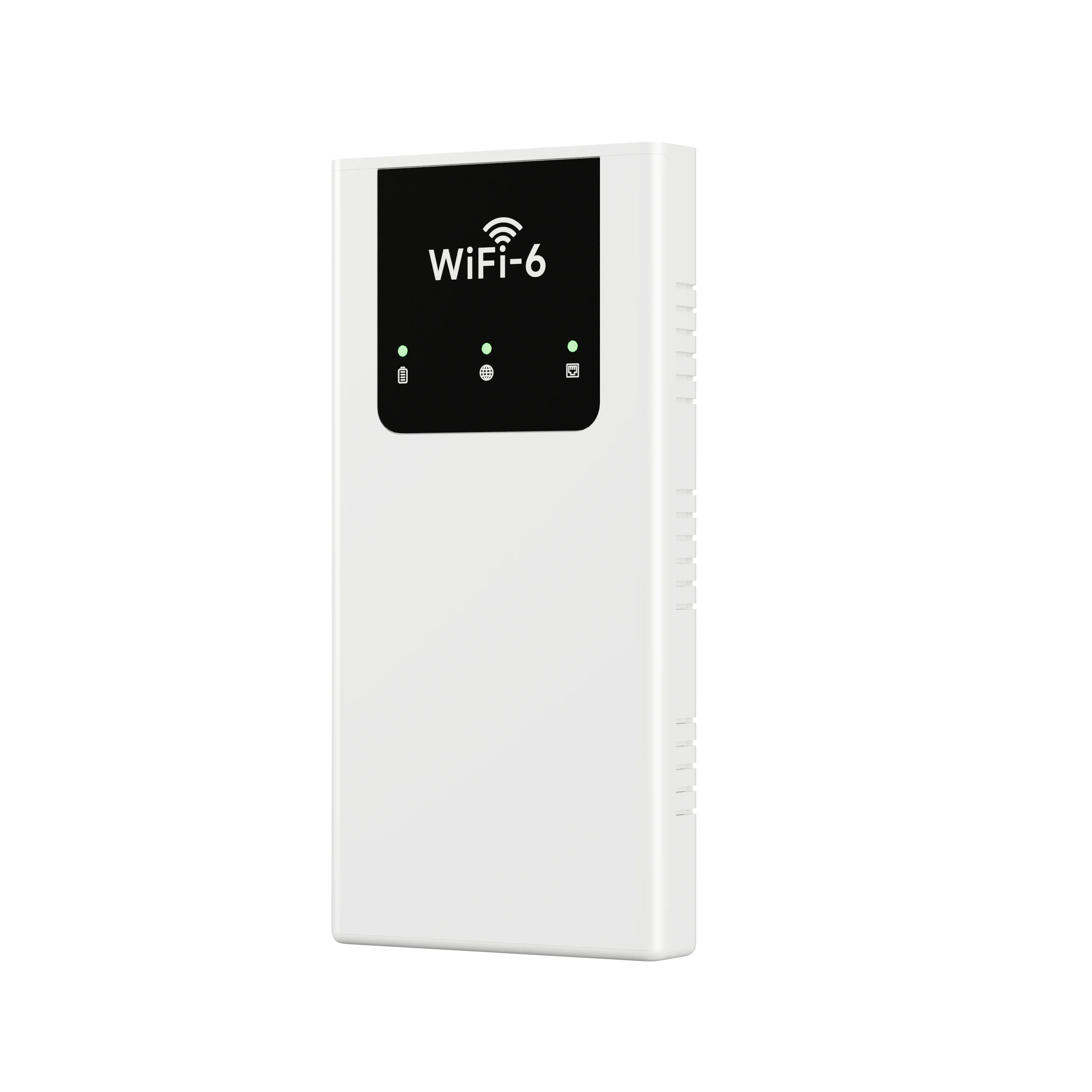Essential Tools for Electronic Repair: A Comprehensive Guide to Getting Started
In the rapidly evolving world of technology, the ability to repair electronic devices has become an invaluable skill. Whether you are a hobbyist, a professional technician, or simply someone looking to save money on repairs, having the right tools is crucial. This article will delve into the basic electronic repair equipment you need, exploring their functions, importance, and how they contribute to successful repairs.
- Screwdrivers: The Foundation of Electronic Repair
Every electronic device is held together by screws, making screwdrivers an essential part of any repair toolkit. A good set of precision screwdrivers, including Phillips, flathead, Torx, and hex types, is necessary for accessing the internal components of devices. Look for screwdrivers with magnetic tips to prevent losing screws during disassembly. Additionally, consider investing in a screwdriver set with interchangeable bits to save space and increase versatility.
- Soldering Iron: The Heart of Circuit Repair
For any electronic repair involving circuit boards, a soldering iron is indispensable. This tool allows you to join or disconnect electrical components by melting solder. When selecting a soldering iron, consider the wattage; a 25-40 watt iron is suitable for most electronic repairs. A temperature-controlled soldering station is ideal for more advanced work, as it allows for precise heat adjustments. Don’t forget to include solder wire, desoldering braid, and a solder sucker in your toolkit to facilitate the removal of old solder.
- Multimeter: The Diagnostic Powerhouse
A multimeter is an essential diagnostic tool that measures voltage, current, and resistance. It is crucial for troubleshooting electrical issues and verifying the functionality of components. When choosing a multimeter, look for one with a digital display for ease of reading. Advanced models may offer additional features such as capacitance measurement, frequency measurement, and temperature readings. Familiarizing yourself with how to use a multimeter effectively can significantly enhance your troubleshooting skills.
- Wire Strippers and Cutters: Preparing Connections
Properly preparing wires is vital for effective electronic repairs. Wire strippers allow you to remove insulation from wires without damaging the conductor, ensuring a clean connection. A good pair of wire cutters is also necessary for trimming wires to the desired length. Look for ergonomic designs that provide a comfortable grip, especially if you will be using them frequently.
- Tweezers and Pliers: Precision Handling
When working with small components, precision is key. Tweezers are invaluable for handling tiny parts, especially when soldering or assembling circuit boards. Look for anti-static tweezers to prevent damaging sensitive electronic components. Additionally, a set of needle-nose pliers can help you bend and manipulate wires and components in tight spaces.
- ESD Protection: Safeguarding Your Work
Electrostatic discharge (ESD) can cause irreparable damage to sensitive electronic components. To protect your work, invest in ESD-safe equipment, including wrist straps and mats. An ESD wrist strap grounds you while you work, preventing static buildup, while an ESD mat provides a safe surface for your repairs.
- Heat Gun: Versatile Repair Tool
A heat gun is a versatile tool that can be used for various applications, including heat-shrinking tubing, loosening adhesive bonds, and even desoldering components. When selecting a heat gun, look for one with adjustable temperature settings to accommodate different materials and tasks.
- Workstation Essentials: Organizing Your Space
A well-organized workstation can significantly improve your efficiency during repairs. Invest in a sturdy workbench with adequate lighting and storage solutions for your tools and components. Consider using anti-static mats to protect your devices and keep your workspace tidy. Additionally, a magnifying glass or a magnifying lamp can help you see small components more clearly, reducing the risk of mistakes.
Conclusion: Building Your Electronic Repair Toolkit
Equipping yourself with the right electronic repair equipment is the first step toward becoming proficient in device repair. From basic tools like screwdrivers and soldering irons to diagnostic instruments like multimeters, each tool plays a crucial role in the repair process. As you gain experience, you may find the need to expand your toolkit with more specialized equipment. However, starting with these essentials will provide you with a solid foundation for tackling a wide range of electronic repair tasks.
